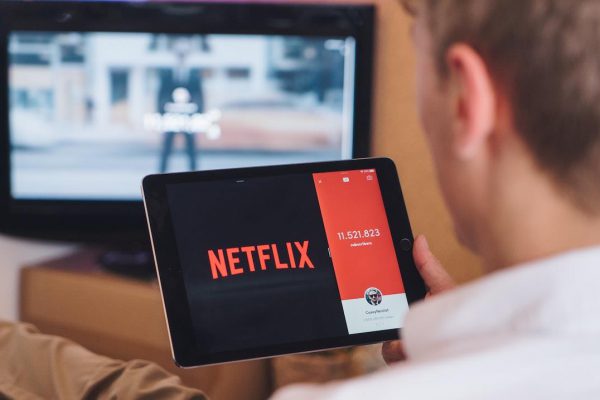Pricing: Why doesn’t the NYT charge like Netflix?
This article is written by FIPP World Media Congress speaker Robbie Kellman Baxter, Strategy Consultant and Author, Peninsula Strategies
Their pricing was so simple. The vast majority of subscribers paid a fixed monthly price to have 3 DVDs “out-at-a-time”. While they had an offer for a single DVD and a larger offer as well, they didn’t market these offers, and they really focused the whole business on the main offer.
There was no annual pricing. There were no luxury offerings. And there were no special fees for popular or unique titles. And definitely NO LATE FEES—a core benefit that was marketed heavily in those early days.
In other words, in any given month, virtually all of their subscribers paid the same amount for the same benefits. And any one of those customers could cancel at any time.
The only signup offer they had was for a two week free trial. That trial was only good one time per customer, and it required a credit card and a home address.
And changed their pricing very rarely and with much analysis and planning.
What has stuck with me was how important it was for Netflix to keep their pricing simple, and how cautious they were about adding complexity to their pricing structure.
As a marketer, I was really curious about this approach. It went against much of what I had learned in business school about pricing for demand and willingness to pay, and the power of promotions.
But the more I considered, the better I understood.
The power of subscriptions is that your subscribers make your offering a habit. They trust your organisation to solve their problem, or achieve their goal, forever. They take off their ‘consumer hat’, don a ‘member hat’ and stop considering alternatives.
The simpler the pricing is, the easier it is to understand. And the easier it is to understand, the more your subscribers are able to trust you. With subscriptions, trust is critical. If your customers find your pricing complicated, they have to become experts on your pricing structure to ensure they’re getting a good deal, instead of counting on your to treat them like a member and provide great value in exchange for their trust. With complex pricing, you give up that trust.
With each special incentive for signing up, new bundle of benefits, or internal policy on giving discounts to save people from cancelling, you are educating the subscriber to keep the consumer hat on. You’re encouraging them to keep looking for alternatives. You’re putting the responsibility on them to figure out how they should cherry pick your offering to achieve goals.
Recently, Netflix has taken their simple pricing to a new level. Not only do they keep their pricing simple, and let you cancel at anytime, now they cancel for you. They have announced that if a subscriber is paying but not using their service for 12 months in a row, Netflix will cancel the subscription for them.
Netflix, with a market cap of over US $180bn as of this writing, does not seem to be suffering from their simple pricing. Nor would it appear that they keep their pricing simple because they lack the resources to implement dynamic pricing.
So why aren’t news organisations following this approach?
I searched for offers on The New York Times, and quickly came up with several options. There is a link that promises options starting at $1/week, and one that offers 73 per cent off and one that includes the crossword puzzle subscription. Which one is right for me? I have to read all of the details and do some math to fully understand what each option costs and includes.
I don’t mean to pick on the Times. They’re not the only ones doing this. Most publishers offer generous signup incentives, and have a huge range of bundled offers. I’m a subscriber of the Times and have been since I graduated college. I chose them as an example because they are widely considered to be among the most sophisticated of publishers, with a very strong brand and loyal following. But this approach could be hurting that brand in the long term.
It is tempting to use dynamic pricing to maximise short term revenue. And it can seem reasonable to offer choice and bundles to serve a wide range of needs. Pricing platforms have gotten so sophisticated that it’s easy for organisations to experiment with any pricing structure they can imagine.
But the leaders in subscription, the companies that have always been member-centric, are using a much simpler approach. It’s worth considering why they’ve made that choice.
Robbie Kellman Baxter will speak at the FIPP World Media Congress 2020, taking place online, from 2-30 September. Join Robbie and 50+ international media leaders, from anywhere in the world. Book with the Early Bird Offer here.
More like this
Download new Global Digital Subscription Snapshot 2020 Q2
[FIPP Insight Report] Subscription boxes: How to make ecommerce a steady revenue stream
30+ confirmed speakers and counting for online FIPP World Media Congress — see who they are
So, why should you bother joining a FIPP World Congress held … online?
My media life: James Hewes, President and CEO, FIPP
My media life: Robbie Kellman Baxter, Strategy Consultant and Author, Peninsula Strategies











